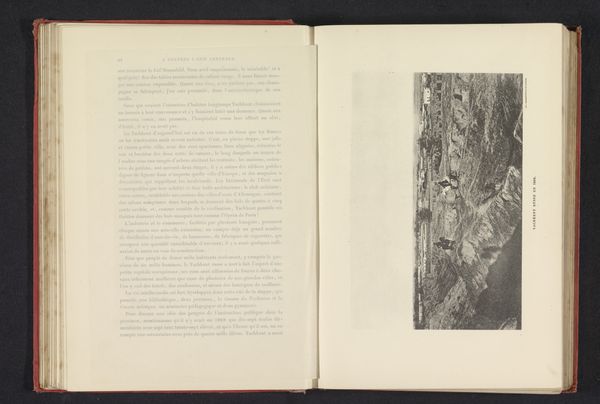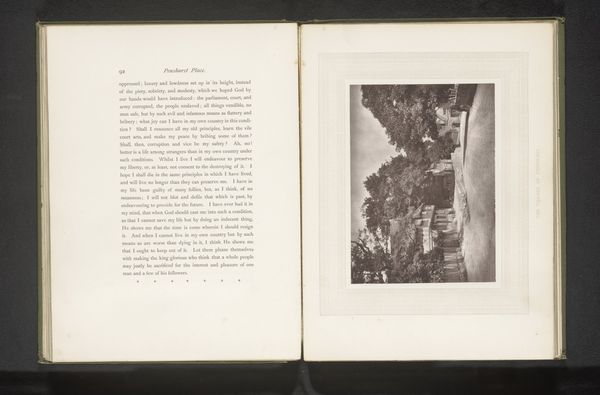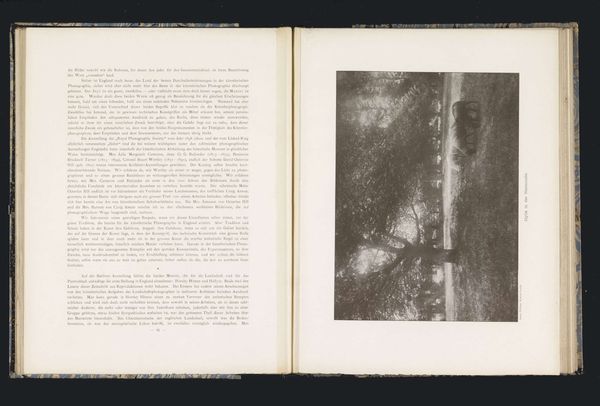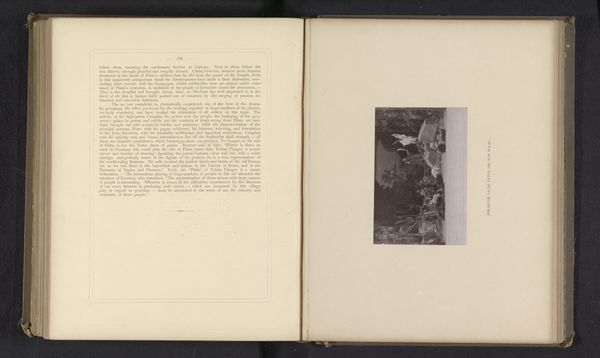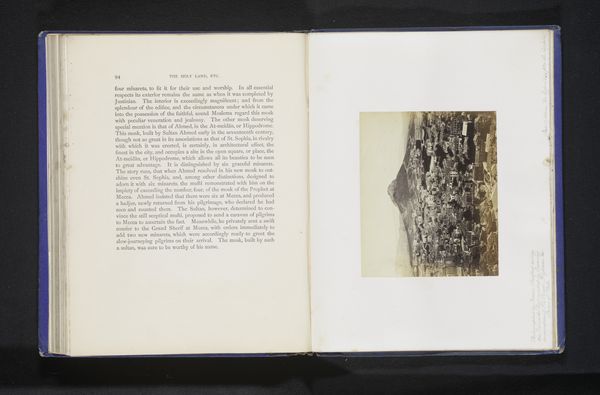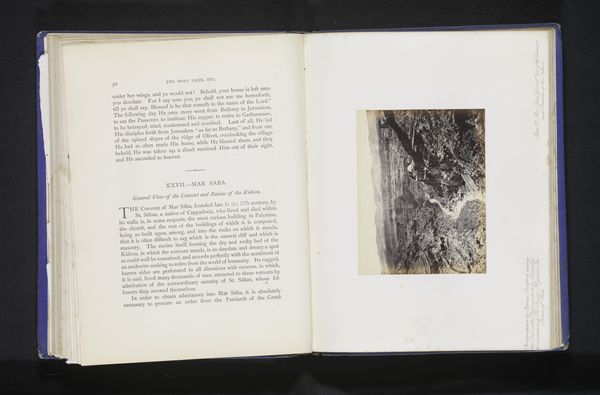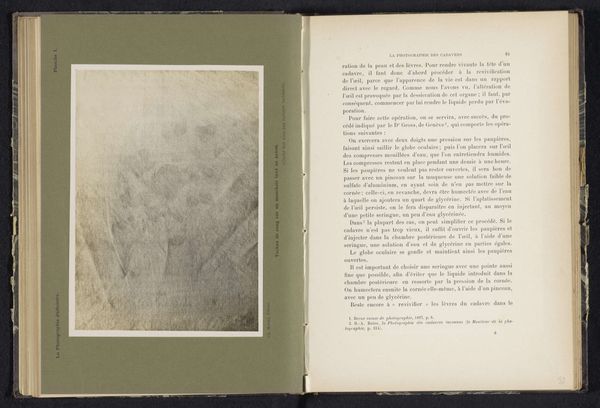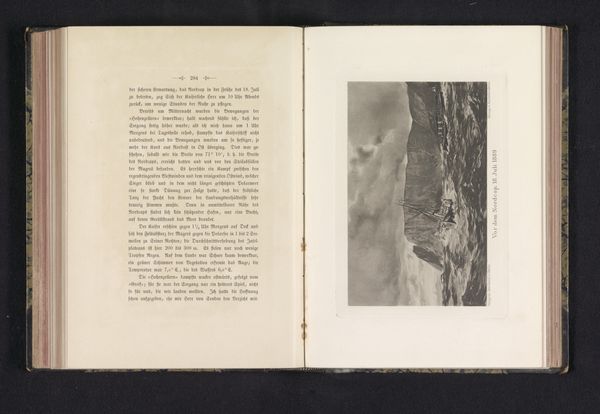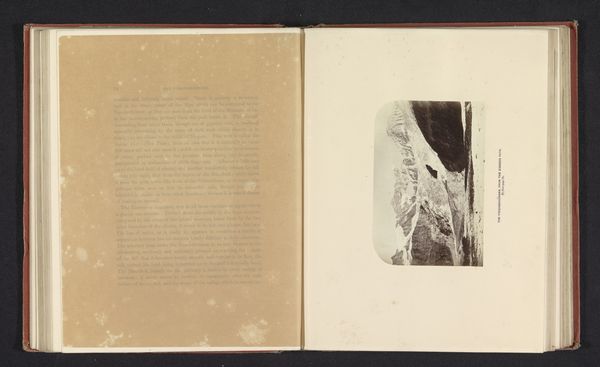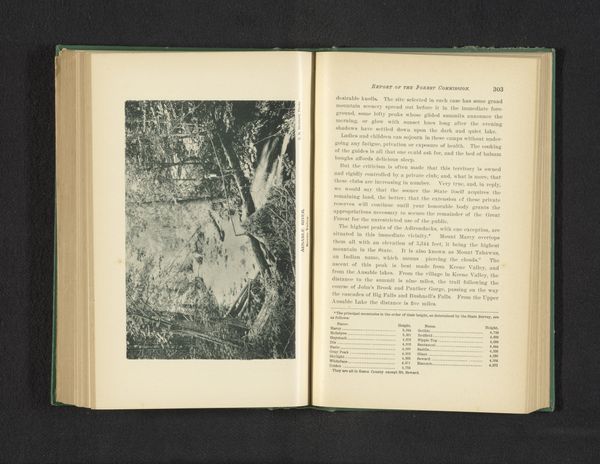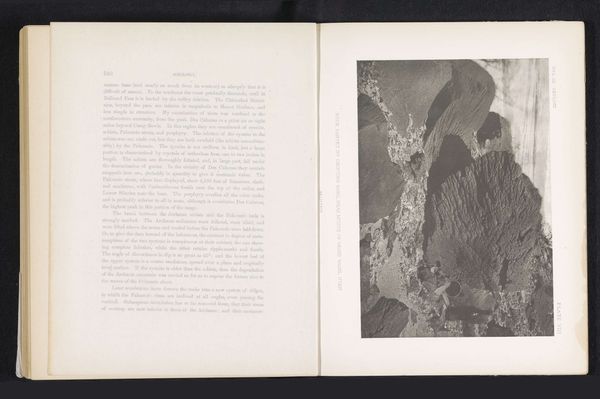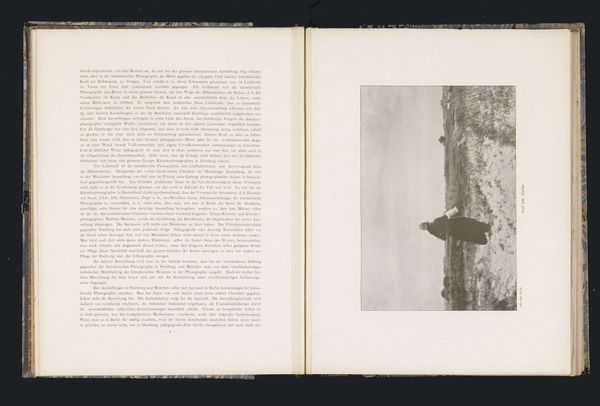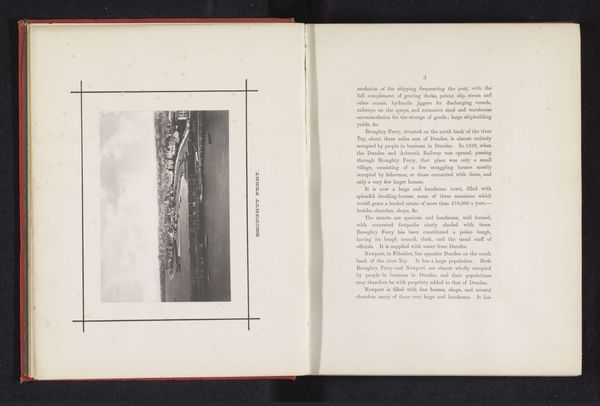
Fotoreproductie van een prent, voorstellende een gezicht op een weg op Java before 1878
0:00
0:00
print, photography, gelatin-silver-print
# print
#
landscape
#
photography
#
orientalism
#
gelatin-silver-print
Dimensions: height 67 mm, width 70 mm
Copyright: Rijks Museum: Open Domain
This photogravure depicting a road on Java was made by William Henry Fox Talbot. The seemingly straightforward representation of nature belies deeper cultural and historical currents. The image's dense foliage and winding path evoke the "locus amoenus," or idealized landscape, a motif found throughout art history, from ancient Roman frescoes to Renaissance paintings. Yet, here, this idyllic vision is complicated by the colonial context of 19th-century Java. The very act of photographing and documenting this landscape transforms it into a symbol of colonial dominion. This symbol has appeared throughout history, from ancient maps to modern travel photography. The serpent-like road winding through the vegetation suggests the imposition of human will on the natural world, echoing similar themes in landscape paintings that portray man's dominance over nature. In this context, it serves as a powerful reminder of how our subconscious desires shape our perception and representation of the world around us. This image of a path carries with it echoes of countless journeys, conquests, and cultural exchanges. It serves as a potent reminder of the complex interplay between nature, culture, and the ever-evolving human psyche.
Comments
No comments
Be the first to comment and join the conversation on the ultimate creative platform.

